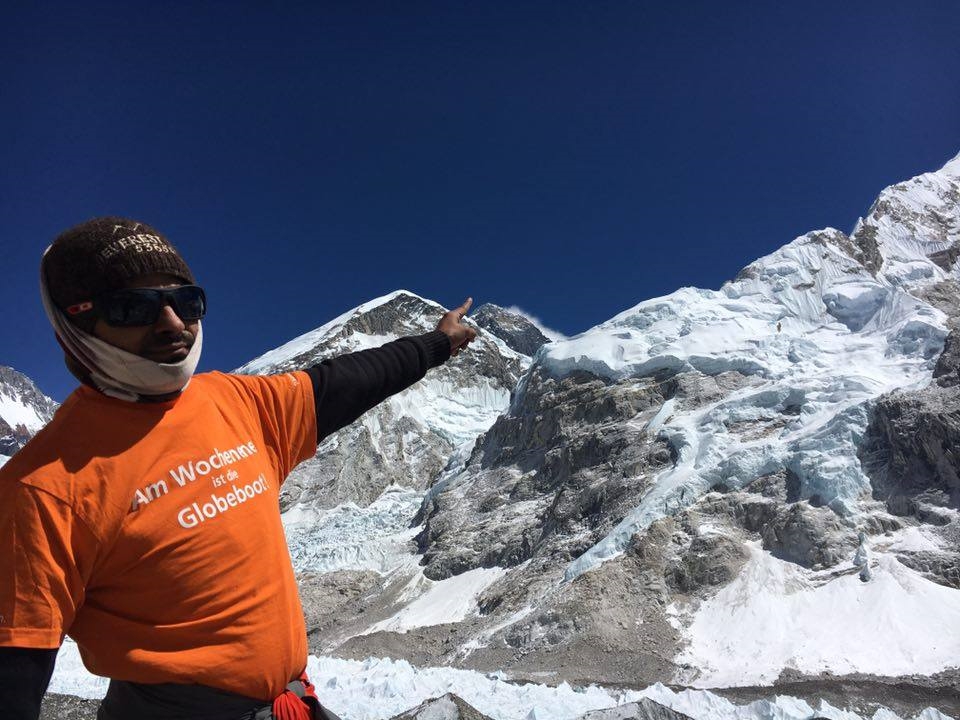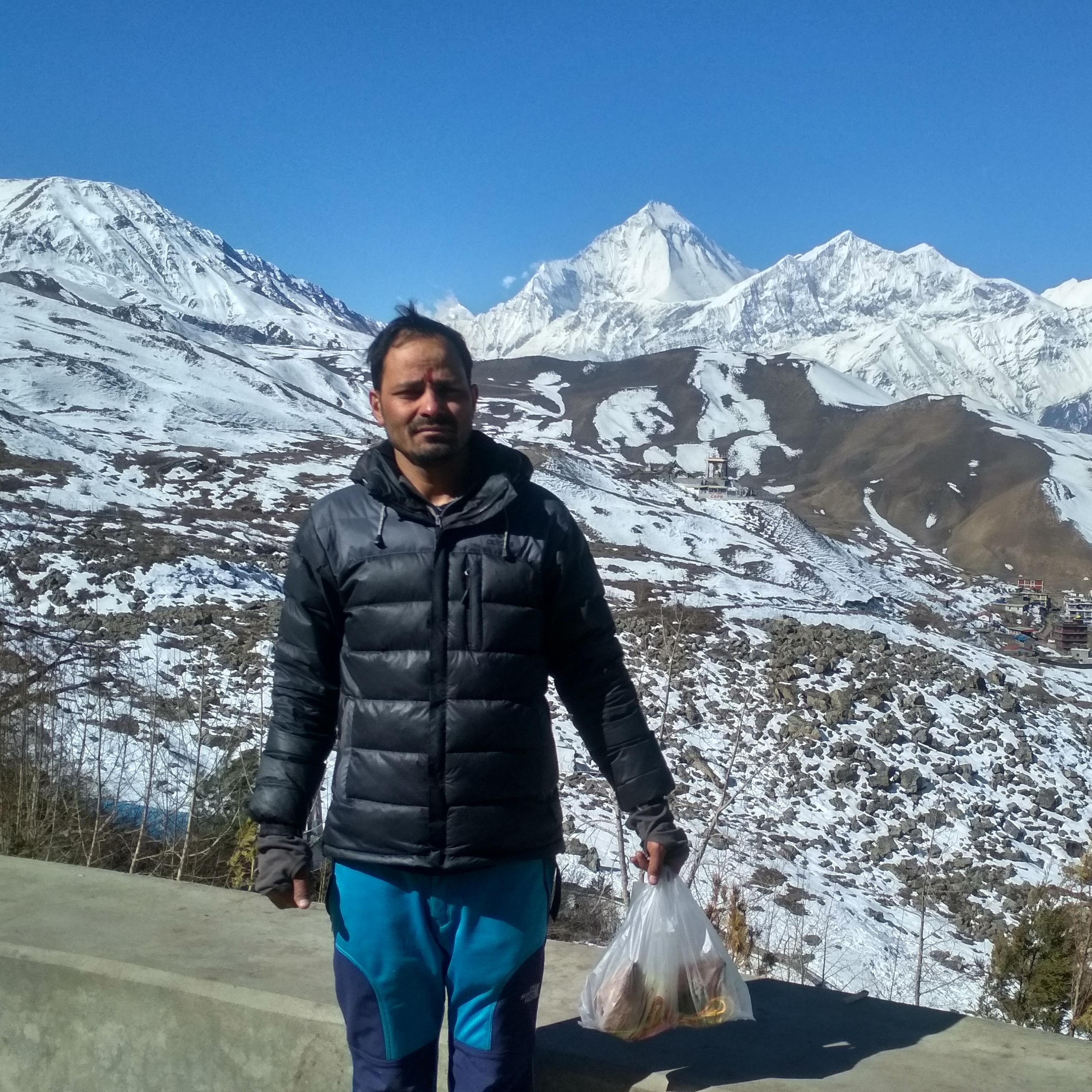Food and Accommodation during Trekking in Nepal
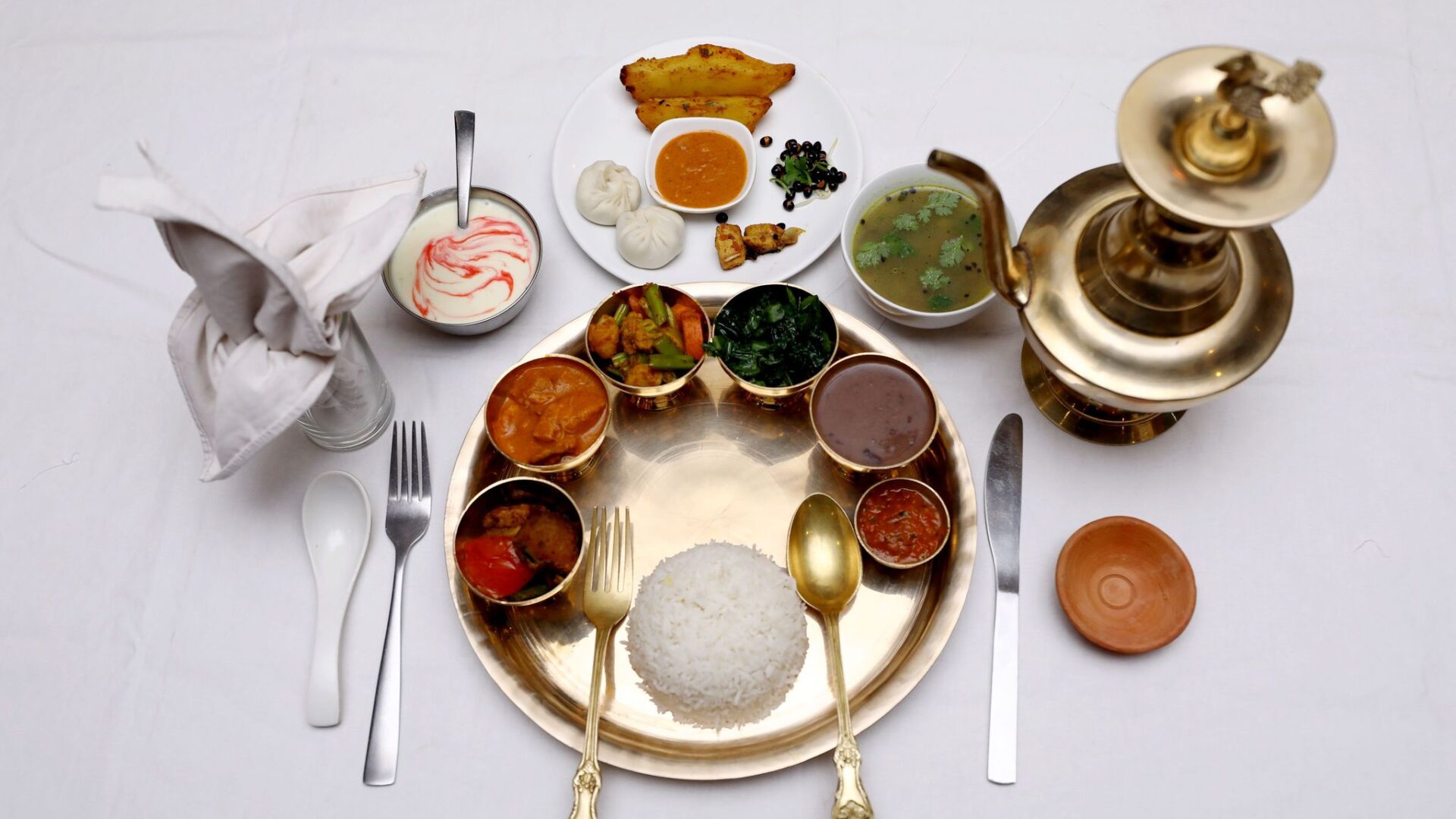
Trekking in Nepal provides a special opportunity to combine exploration and cultural immersion. A comfortable and rewarding journey is largely dependent on the accommodations and meals you choose as you travel through a variety of landscapes and breathtaking vistas.
This post explores the nuances of food and accommodation while trekking in Nepal, providing insight into the possibilities that can enhance your trip.
Depending on the style of trekking, Nepal offers different accommodations and meals for hikers. In this blog, we’ll examine the food and lodging options for trekking in Nepal in more detail and offer some advice on how to get the most out of your trip.
Nepal is at the top of the trekking destinations list, driven by the abundance of resources to explore and still discover. Nepal sometimes referred to as “Trekkers Paradise,” offers a variety of trekking routes that will enthrall you from start to finish.
Nestled amidst the most breathtaking mountains on Earth, the primary trekking destinations are the regions of Everest, Annapurna, Langtang, Manaslu, Dolpo, Upper Mustang, and so on.
Travelers face a great dilemma because the treks to these and many other regions offer a variety of tastes and quirky characteristics, some of which are even endemic to the area.
Meals and Accommodation during Trekking in Nepal
A trekking program called “teahouse trekking” involves lodging at different tea houses along the way. These tea shops have good room service and are well-stocked with supplies.
As the name implies, camping trekking involves setting up camp at various locations along your journey. Along the way, you’ll be trekking with a team that has all the supplies they need.
Tea house Trekking in Nepal

What is Tea House Trek?
When you go teahouse trekking, you can stay and eat at pre-built lodges that are situated along the trails. There are a lot of teahouses along the way, and because there are more and more teahouses to accommodate trekkers, this kind of trekking gained its name. For the duration of your stay, these lodges will provide you with sufficient food and other amenities, among other services.
In the Nepalese trekking industry, teahouse treks are very popular because they are, in fact, much less hassle than camping treks. This type of trekking is available around the well-known routes of Langtang Valley, Manaslu Larke Pass, Everest Base Camp, Annapurna Base Camp, and many other locations. The teahouses you will encounter on your trek are locally owned, well-established, and of high quality.
To save time, meals (breakfast and dinner) are pre-ordered. Orders for breakfast are taken before you go to bed, and orders for dinner are taken as soon as you arrive at the teahouse. Your normal day begins, depending on your schedule, between six and seven in the morning. Breakfast is served to you at your lodge to start the day. If you are traveling with a guide, they will likely notify the next tea house or lodge of your arrival each day, and you will then proceed to the next destination. You will stop for lunch at any nearby lodge at midday on the way. You’ll arrive at your destination soon after lunch. You can unwind or explore the neighboring attractions from here. Around 7:00 p.m., you’ll have your dinner and the day ends.
Accommodation at Teahouse/Lodges during Trekking in Nepal
The quality of the teahouses and lodges has significantly increased over time. Near the popular trekking routes are teahouses that are readily available and well-equipped with a variety of amenities. There are plenty of hospitable and spotless lodges all along the trail, so planning accommodations for a trek in the Everest, Annapurna, Langtang, and Manaslu regions doesn’t require a lot of work.
Basic rooms typically consist of a bed, blankets, and a pillow. There are some with electric lights and all with a cozy, roomy dining area lounge. Every lodge on the way to the hiking regions is owned and operated by locals.
Please keep in mind that some of them require a sense of adventure because they are very basic. There are many different types of teahouses; some provide simple amenities, while others offer luxurious options. These Teahouses are cozy and comfortable nonetheless. Most teahouses offer hot showers, electricity for charging, and WiFi for an additional fee.
Meals at Teahouse/Lodges during Trekking in Nepal
Teahouse trekking cuisine is different depending on the teahouse and where it is located. While teahouses located at higher altitudes might not be able to provide you with the same menu, basic teahouses can offer you a wide variety of meals.
However, the food served in these teahouses is delicious and hygienic. Typically, local agricultural products are used to prepare the meals. The market is used to supply any additional ingredients that are not able to grow at a given elevation.
Common foods found in teahouses include the Dal-Bhat set (rice, lentils, and vegetables), meat, rice, noodles, pasta, potatoes, and momo. Typical breakfast fare includes toast, eggs, pancakes, porridge, muesli, and so forth.
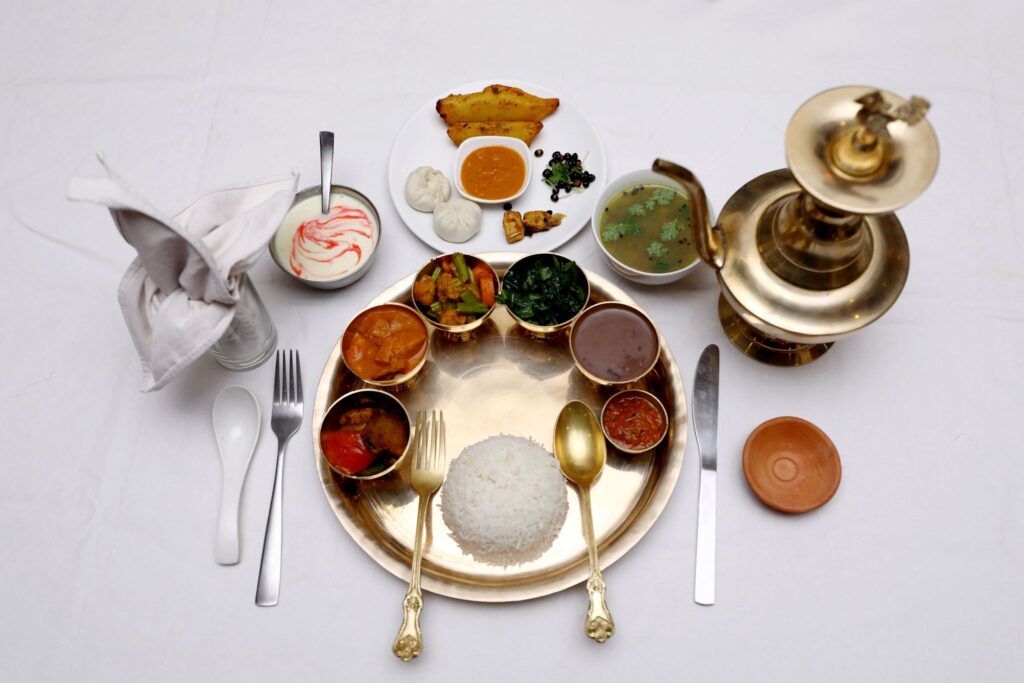
Here are some of the foods you can expect to find on the trek:
Dhal Bhat:
A classic Nepali dish called dhal bhat is made with rice and lentil soup (dhal), and it’s typically served with a selection of side dishes like meats, pickles, and vegetables. It is regarded as an inexpensive and substantial supper and is a mainstay of the Nepali diet. Dal Bhat is a delicious and filling dish that is also a great source of protein and nutrients, which makes it a great choice for hikers and adventurers who need to refuel after a strenuous day on the trail.
Momos:
In the Solu-Khumbu region, these dumplings from Tibet are a common dish that can be filled with cheese, meat, or vegetables. They are a common snack or light meal and are typically served steamed or fried.
Thukpa/Noodles:
In a fiery broth, noodles, meat, and vegetables are combined to make this filling bowl of Tibetan soup. It’s a tasty and substantial choice that’s ideal for refueling after an exhausting day of hiking.
Sherpa Stew:
A mainstay of the Sherpa diet, this hearty stew is made with potatoes, vegetables, and either buffalo or chicken meat. After a demanding day of hiking, it’s a fantastic way to refuel.
Tibetan Bread:
Typically served with butter and cheese, this dense, chewy bread is made with wheat flour. It’s a mainstay of the Tibetan diet and a fantastic trail snack or breakfast choice.
Yak Cheese:
Known for its strong, salty flavor, yak cheese is a staple in many Solu-Khumbu restaurants. It’s frequently used to enhance the flavor of stews, soups, and other foods.
What is Camping Trekking?
Camping trekking is a type of trekking in which you go on hikes with a group that has all the gear and supplies needed. Campsites will be located at various points along your route. For your comfort, your team will be bringing tents, dining tents, sleeping mats, kitchenware, food, utensils, and other items.
There will be cooks, porters, guides, and camp staff on your team. The team will set up camp and prepare the food before you arrive at the pre-arranged locations where you will camp. The ability to go camping treks anywhere, including locations for teahouse treks, is one advantage of camping trekking.
The Rolwaling Valley, Upper Dolpo, Dudh Kunda, Dhaulagiri Circuit, Limi Valley, Kanchenjunga, and other locations are among the most well-liked camping trek destinations. Several of these locations are in Nepal’s most remote yet culturally vibrant areas.
A cup of tea or coffee is brought to your tent to start your day. Once the kitchen crew has finished preparing breakfast, pack your bags and enjoy it while other staff members pack the tents and equipment. Resuming your journey, you will proceed to your next destination. En route, lunch will be provided, and camps will be set up prior to your arrival at our overnight location.
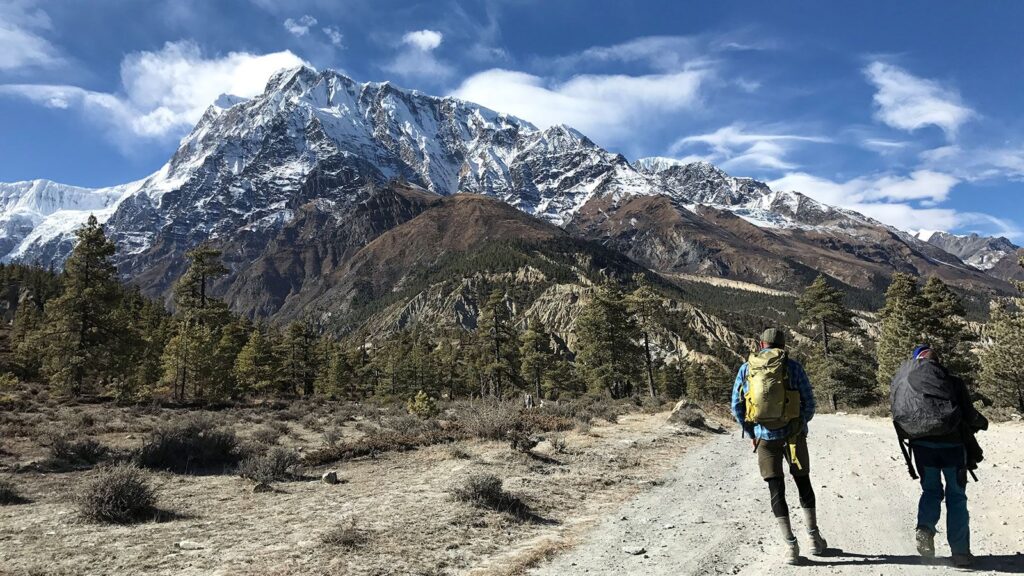
Accommodation at Camping Trek in Nepal
Compared to teahouse treks, camping trek accommodations offer a totally different experience. You will be sleeping in a tent during the camping trek and eating in it. For every one of our camping excursions, we supply premium mountain tents. There is a tent, sleeping bag, mattress, and other comfort items for every two people. You might think about packing an inflatable mat or an additional mattress. You can eat meals and unwind and converse in the dining tent, which is furnished with chairs and a table.
While lodging at camping treks won’t be as comfortable as lodging at teahouse trekking, it will still take you farther on your adventure and expose you to more of nature.
Foods at Camping Trek in Nepal
We view filling and delectable meals as essential to the overall success of our journey. On our climbing trips, our chef will create amazing meals and guarantee top-notch preparation during the trekking and climbing phases.
Comfort food that you enjoy eating, such as chocolates, power bars, dry fruits, candies, and other snacks, is welcome and encouraged. You will be served a high-quality, healthful meal because you will be traveling with seasoned chefs and logisticians.
Even though you have fewer options than on a teahouse trek, you will still love these delectable meals. Each dish will be prepared by the crew members themselves. During camping trips, bread, eggs, pancakes, porridge, muesli, and other breakfast foods are frequently consumed. For lunch and dinner, common foods include rice, noodles, pasta, spaghetti, momo, and potatoes. Dal Bhat set is another popular meal.
Conclusion
Trekking in Nepal can be done in two excellent ways: through teahouses or through camping. While trekking in Nepal, these are the two options for lodging and food that are available.
Due to the proliferation of teahouses along Nepal’s well-known trekking routes, teahouse trekking is becoming more and more popular. Trekking for camping is just as popular and can be done practically anywhere. The majority of people would rather take it to remote locations and places with fewer tea shops.
Meals and lodging are where the two types of trek differ most from one another. However, both kinds of trekking can be excellent means of satisfying your desire for adventure.

